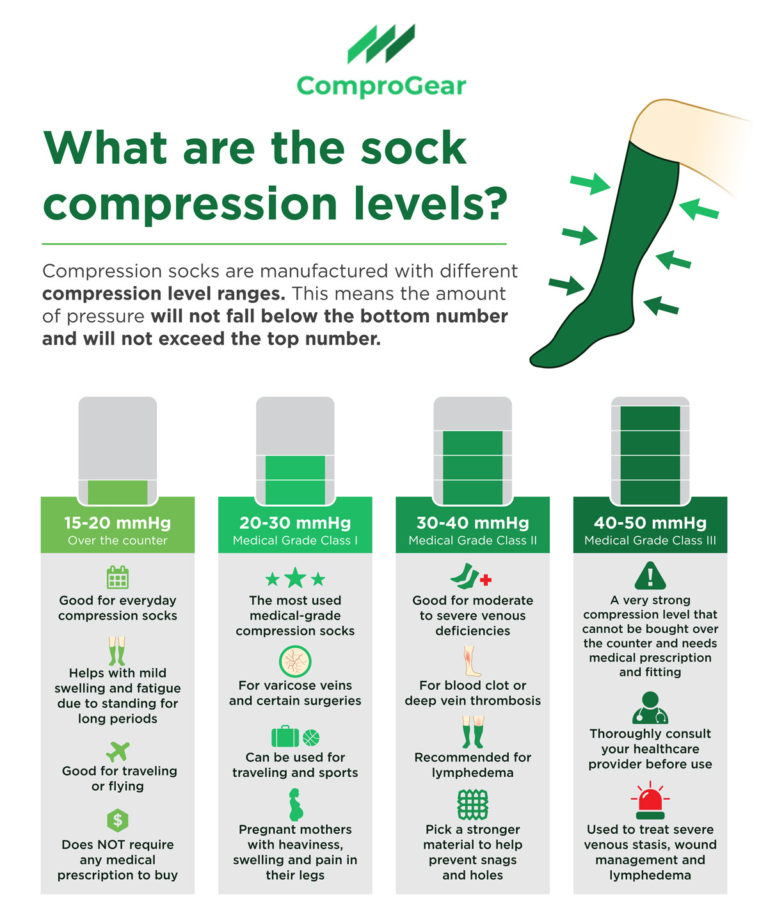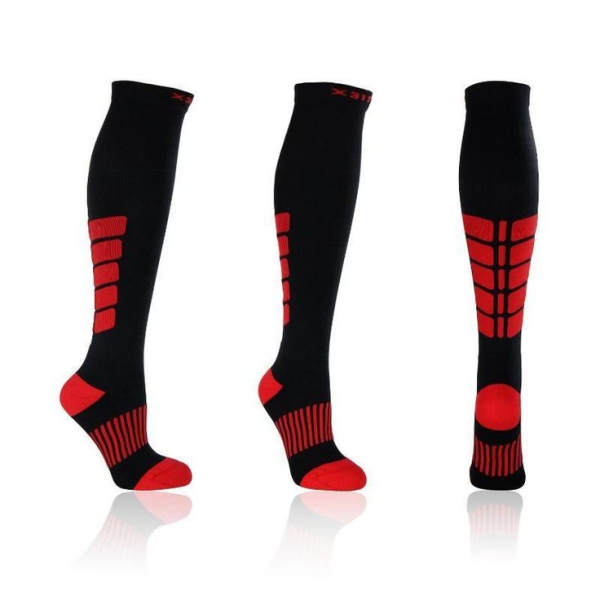

The 30-40 mmHg level of compression is also recommended when you have a blood clot or a deep vein thrombosis DVT. It’s recommended for leg health symptoms that range from moderate to severe. The 30-40 mmHg level of compression is a stronger medical grade class II. There are so many different models?! Which fabric should I choose?Įmail us: code: UNDERSTAND, to get 10% off your entire cart. Not sure of the differences between the Levels of Compression? Get help from our Certified Fittersĭon't know which knee, thigh, or pantyhose, sock or stocking to get? There are also sheer fashion styles, dress sock styles, sports sock styles and opaque styles for 20-30 mmHg compression stockings by CEP, Juzo, Mediven and Sigvaris. The 20-30 mmHg level of compression is available in a wide variety of styles for both men and women in knee high, thigh high, pantyhose and maternity pantyhose styles. Pregnant mothers are also finding the benefits of compression stockings and are starting to wear 20-30 mmHg to alleviate heaviness, swelling and aching in their legs. The 20-30 mmHg level of compression is great for managing swelling in your legs, spider veins, varicose veins, travel, sports and after certain surgeries. It’s the most widely used medical grade because it provides competent compression to your legs without being too strong. The 20-30 mmHg level of compression is the first medical grade compression.

They’re comfortable and because there are numerous styles, more and more people are choosing to add a little 15-20 mmHg compression into their lifestyles. A lot of people choose to wear the 15-20 mmHg compression for flying and travel. Sports compression socks are also available in the 15-20 mmHg level of compression. There are also sheer fashion styles for women. There are casual every day compression socks made to look like dress socks and casual cotton socks. Available for both men and women, there are many different styles to choose from. 15-20 mmHg compression stockings come in knee high, thigh high, pantyhose and maternity pantyhose styles. Over the Counter 15-20 mmHgĪ low level of compression, such as 15-20 mmHg is a great choice for everyday compression stockings to help with mild swelling and fatigued legs due to long periods of travel, sitting or standing. (There would be devastating effects if the graduated compression went down towards your feet instead of going away from your feet.) Not all compression stocking manufacturers properly graduate the compression, so be sure to only wear reputable brands such as CEP, Juzo, Mediven and Sigvaris. This very special way of knitting a compression stocking allows circulation to improve up and out of the legs. Having “graduated compression” means that the compression is strongest at the ankle and gets lighter as you go up the leg. Another important detail about compression stockings is that CEP, Juzo, Mediven and Sigvaris all graduate the compression in their compression stockings and socks. The unit of measurement is called “millimeters of mercury” which is a measurement of pressure, also used in blood pressure. We want to THANK YOU for shopping at LegSmart!Ĭompression levels are indicated with a range of numbers like “20-30 mmHg”, which means that the amount of compression will not fall below 20 mmHg and not exceed 30 mmHg.

Use discount code: UNDERSTAND, to get 10% off your entire cart. Buy the Best Compression Stockings from LegSmart There are other levels of compression, however these are standardized and the most commonly used. The standard compression levels for compression stockings are 15-20 mmHg (over the counter), 20-30 mmHg (medical class 1), 30-40 mmHg (medical class 2) and 40-50 mmHg (medical class 3). Compression stockings have a range of numbers to indicate how much graduated compression the garment has. One of the confusing aspects of choosing the right compression stocking is to understand the level of compression.

Updated on Joriginally published on Jan 11, 2012


 0 kommentar(er)
0 kommentar(er)
